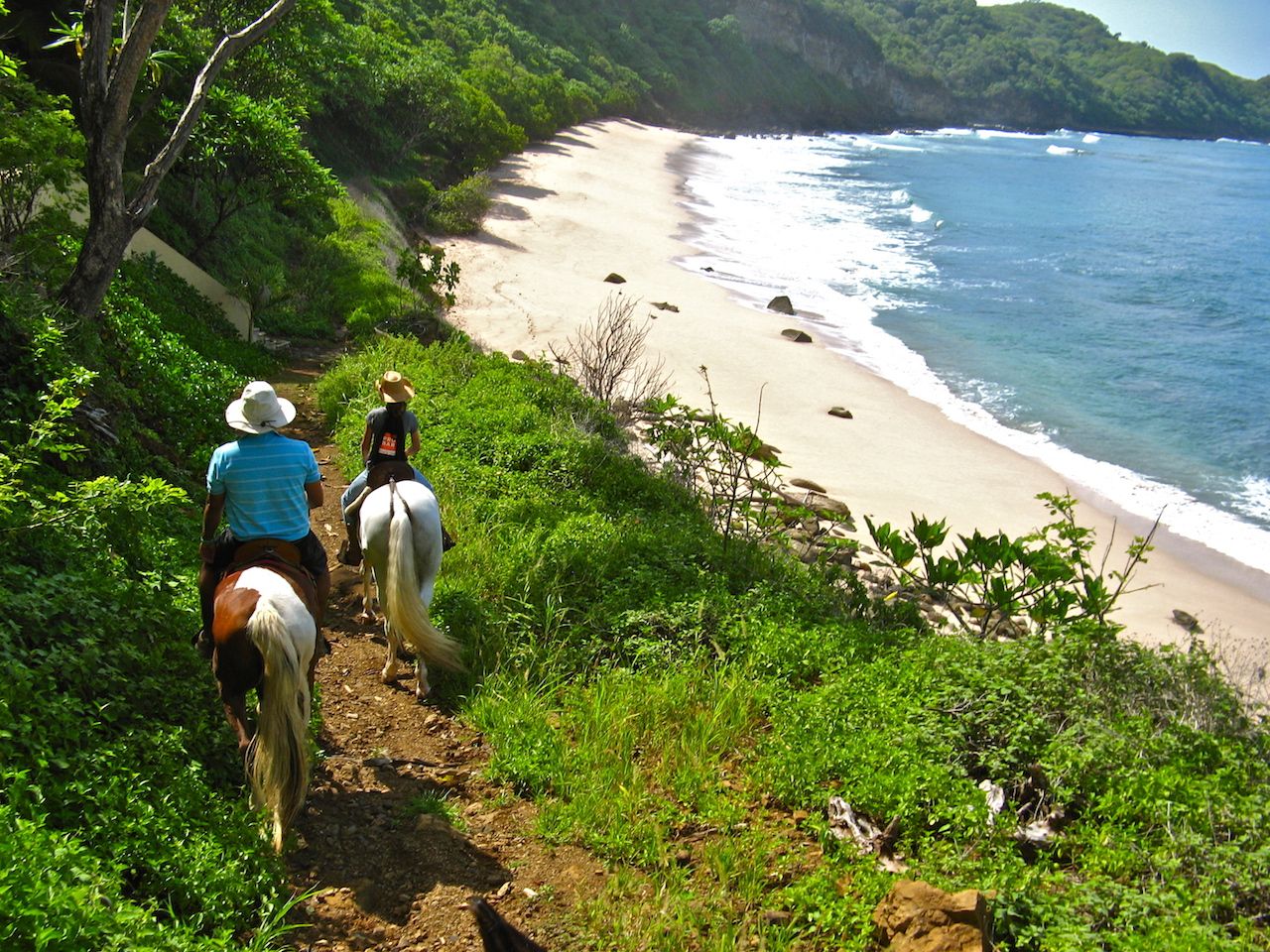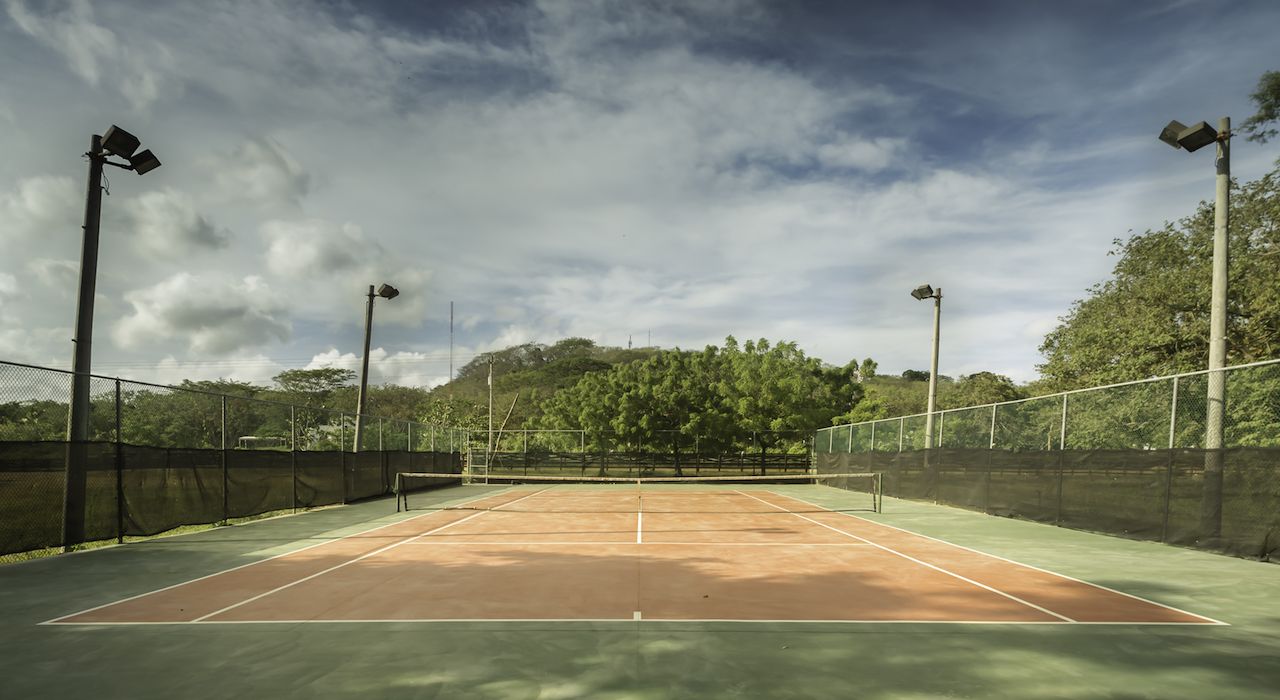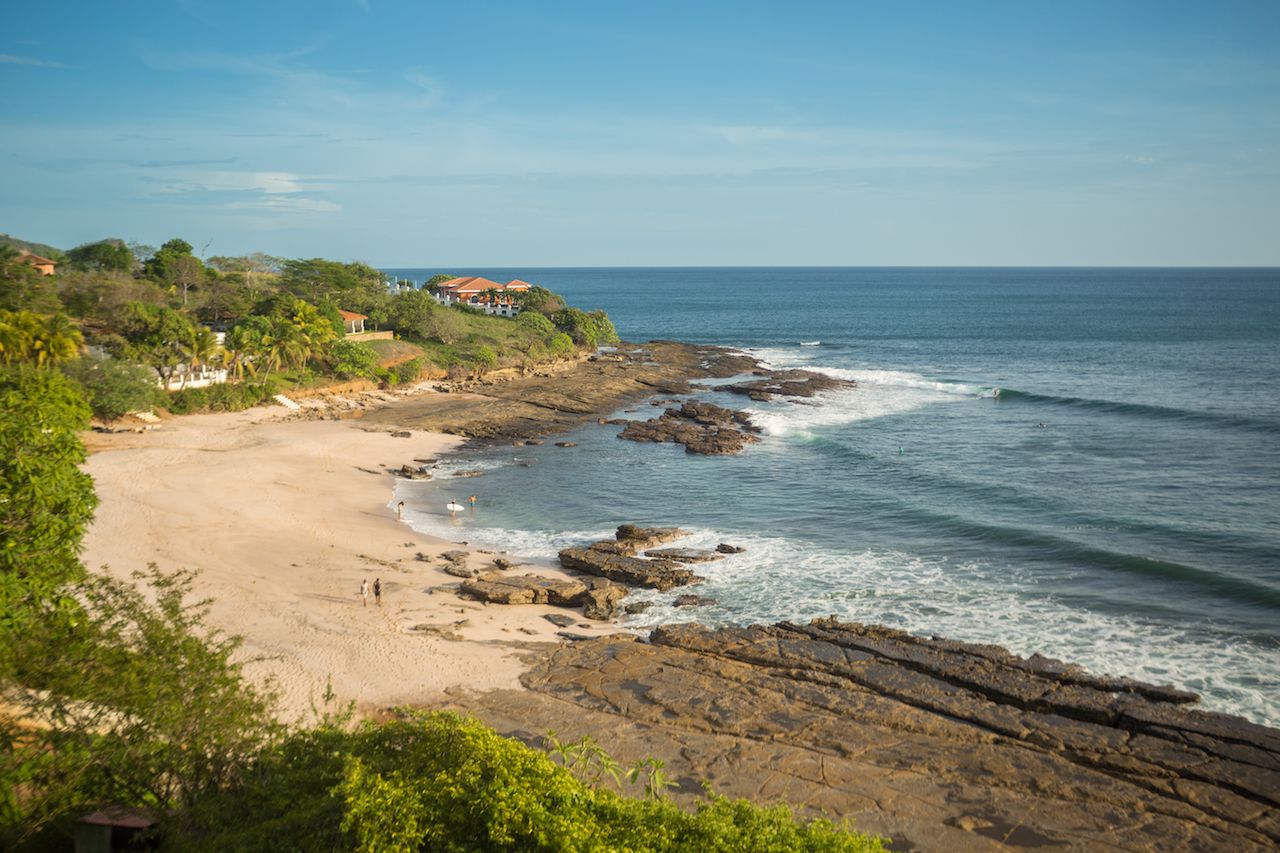The signs at the beach bars and hostels along Playa Santana were a little misleading. Hotels and bars that didn’t look like they’d been touched in months were promising parties, happy hours, and imminent reopenings.
“Closed until summer,” said the black scrawl outside Taberna 99. It’s unclear which summer, exactly, the sign was referring to. Could be 2019. Could be 20-never.






